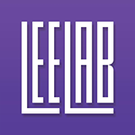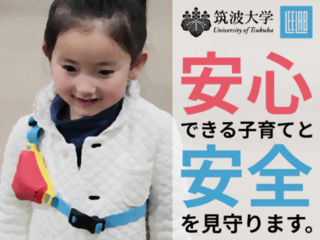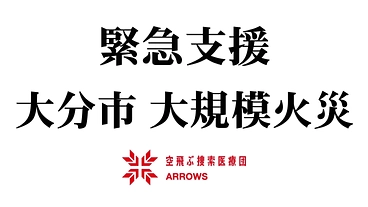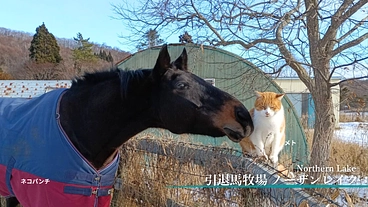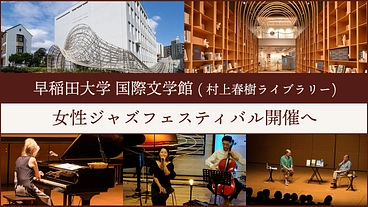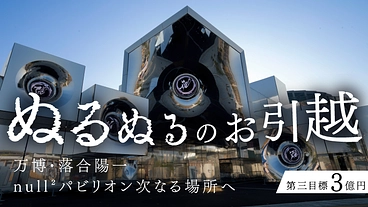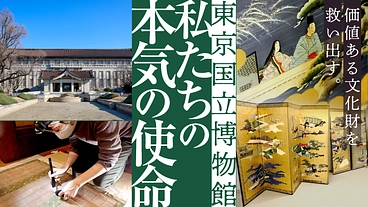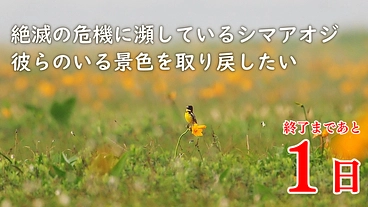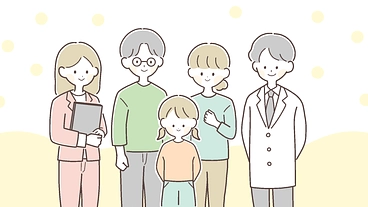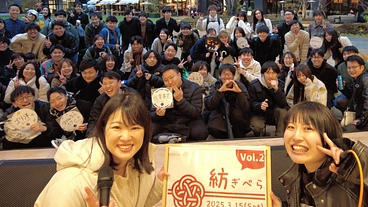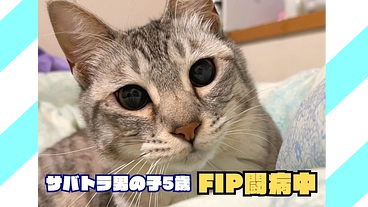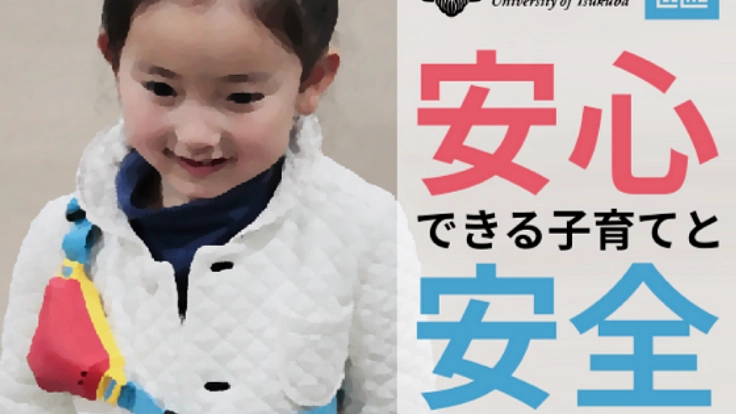
寄付総額
目標金額 5,000,000円
- 寄付者
- 49人
- 募集終了日
- 2019年8月9日
English version
>>How to support this project with credit card<<
Greetings
Thank you for visiting our site. I am Seung Hee Lee, from the Faculty of Art and Design at the University of Tsukuba.
Up until now, I have been a designer for 35 years, 30 years as a researcher, and 14 years as a mother.
By combining those different roles, we are developing the project "Omamori System", to protect the safety of an aging and declining birth rate society, and eliminate the anxiety that we feel everyday, a project that was born during the seminars of our Kansei Design LEELAB.
I specialize in creating new products based on human behaviour and unique experiences, using "Kansei Design". Together with students from all around the world, we research the people's Kansei, to define the global concept of Kansei, while doing design based on different experiences.
Kansei is a Japanese word that is often used to refer to the unconscious "feeling" that people have regarding their surroundings. We use the unique experiences of each individual user as a process to do design based on Kansei.
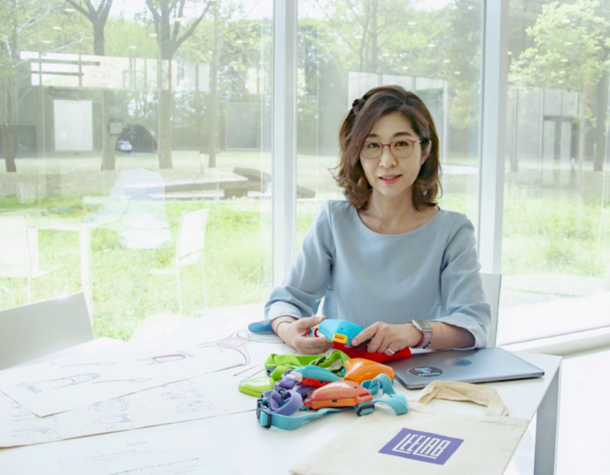
I would like to advance the development of the family protection "Omamori System"
Based on the "Onigiri Machine" (rice ball shaped machine) developed for the Ministry of Internal Affairs and Communications of Japan, SCOPE 2010, the new "Omamori System" will be redesigned using the latest sensing technologies to make the device lighter, while taking into account the user's Kansei.
Starting with children, elderly, and people with special needs, we aim to create a Family Monitoring System that can be used not only in Japan, but the whole world, that can retrieve information from natural behavior.
With regards to the "Onigiri Machine", we received several inquiries about making it a product that can create a safer society, but due to time and budget constraints, we could not develop it further.
Therefor, we decided to restart the project from this summer to respond to the voices of everyone who is raising children and taking care of the elderly. Also, technology has made great progress in recent years, so I think that now is the best time to develop and produce a better Monitoring System.
With your donations, we hope to advance the development of the "Omamori System" as quickly as possible, and aim to create a society in which everyone can live with peace of mind.

Not only for children, but let's protect the elderly and people with special needs
For our current society, the children are the hope of society's survival and development. I think that it is not only the responsibility and obligation of each family, but the whole society, to "protect the safety" of children and be concerned with their development.
This safety protection is needed not only for children, but also for the elderly and people with special needs. When leaving the house, everyone has a possibility of encountering an unexpected dangerous situation.

It is possible that children, the elderly, and people with special needs have trouble speaking about their anxieties and dangerous situations. We would like to remove that barrier with our "Omamori System".
By using sensors to read the user's behavioral pattern, we can predict in a Kansei way when a potential dangerous situation is happening, and share that information to avoid the dangerous situation.
Also, we can read the behavioral and psychological information and use them to eliminate the anxious situations that happen in daily life.

"Omamori System" Development Project
From August of this year, the research, development, and production of the "Omamori System" will start. This project will inherit the basic technology of the "Onigiri Machine", to protect and monitor children, elderly people, and people with special needs from potential risks.
By redesigning the "Onigiri Machine" with more accurate and diverse sensing technologies, we aim to develop a flexible device that can be used according to the Kansei of each user. We plan to develop devices for children, the elderly, and people with special needs.
Under the name of "DokoDoko Family", we separate the development of the device in 3 major groups: for children: Doko-chan, for seniors: DokoCharm, and for people with special needs: DokoCharm Pro)
In addition to recording images when potential hazards are encountered, we will use sensors that incorporate the user's behavioral patterns and other Kansei features to develop the shape and usage.
Development process
First stage: For children "Doko-chan"
The first stage of the project is miniaturize the Onigiri Machine with the current IoT technologies to develop DokoDoko. We will have case studies with children to ensure that the device works in real-life conditions, and that they want to wear the device willingly. This stage includes the concept design, technical implementation, and testing of DokoDoko for children.
Second stage: For seniors "DokoCharm"
The second stage is to adapt the design of the Omamori System to be comfortable for Elderly people to wear, while measuring the behavioral and biometrical data in a discrete way. In the Kansei Design approach, we will research how Japanese senior citizens behave in everyday life, to create a device that will blend with their personal styles. We will test the DokoDoko device with senior citizens and re-design the device according to their feedback. We aim to create a safer environment for our seniors by giving by connecting them with their families in a natural way.
Third stage: For people with special needs "DokoCharm Pro"
Once the DokoDoko device works with Eldery people, we start the third stage. The third stage is to focus on the needs of people with disabilities, specially poeple with Dementia, to consider the necessary elements of DokoDoko to create a holistic device. Careful consideration is taken to make sure that our most beloved relatives feel safe and happy wearing the device.

What is the Onigiri Machine, the base of our Omamori System?
The "Onigiri Machine" is a safety monitoring device wore by preschool children that shares information between the parent and child to help prevent dangerous situations and avoid children getting lost.
The concern of the conventional parent-child crime prevention system is that it was only possible to inform of the location of the dangerous situation, or it was necessary for the child to inform of the situation by themselves.
The "Onigiri Machine" reads the biological (heart-rate) and behavioral (movement) information (known as Kansei information) of the child by the built-in sensors and shares the information with their parents.
For example, when children feel anxious, their heart-rate increase, even though there is little movement. These combination of unnatural biological and behavioral features are an indication that a dangerous situation is happening. When such potential hazard information occurs, the on-board camera takes a picture from the children's point of view and shares it with their parents through the Internet.

People can live safely anywhere in the world
This project was born from the fusion of human Kansei behavior and information, giving it a social meaning and we hope that it will be helpful for people that live with the anxieties of daily life, regardless of where they are.
Through this crowdfunding, we will proceed with the development so that those who have donated and supported, as well as people who need it, will be able to use it in the future.
For a future society where children, senior citizens, and people with special needs can live safely and without feeling anxiety, we ask you for your support and donation to the project.

About Kansei Design LEELAB
Our laboratory focuses on interdisciplinary research between Design, Arts, and Engineering that relates interface, information, product and universal design techniques and values, combined with Marketing technologies, Medicine, Management, and Technology development, to understand Human behavior.
Professor Lee's works focuses on "enhancing creativity using images". She has studied the relationship between the creative process and brain activity using EEG and fMRI measurements applied to the design process behavior.
Regarding Kansei behavior and design, we study the natural behavior of Humans by incorporating and mixing different research fields such as Medical Engineering, Information Engineering, Music Information Processing, Medicine, Multimedia Design, Psychology, Sport Science, among others. We aim to create a healthy lifestyle using the flow of each person's Kansei applied to a wide range of products and information design.

Kansei Design LEELAB studies the Human mind from different points of views, and proposes an entirely new perspective on the design process based on people's Kansei.
Researchers from different fields and countries gather and work together to find solutions. We engage in diverse research projects that are cross-culturally rich, and aim to spread Kansei research from theory to practice through industry-academia collaboration.

共同研究者紹介
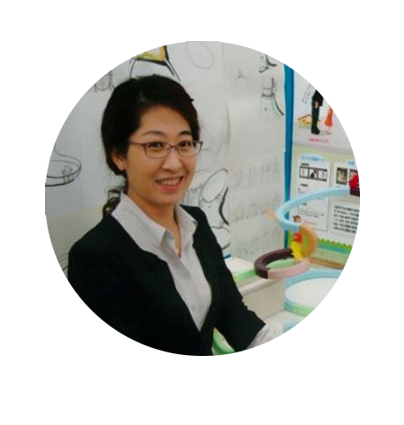
李 昇姫(筑波大学)
1999年筑波大学大学院芸術学研究科博士課程修了、 同年オランダデルフト工科大学のデザイン工学部主任 研究員。2000年筑波大学芸術学系講師、2001年より同大学人間総合科学研究科感性認知脳科学講師を務め、2007年准教授として現在至る。

加藤 俊一(中央大学)
大阪市出身。1986年、京都大学大学院工学研究科情報工学専攻博士課程単位取得退学。同年、通商産業省工業技術院電子技術総合研究所(現、産業技術総合研究所)入所。同所知能システム部対話システム研究室長等を経て、1997年より中央大学理工学部教授。2010年1月より2018年5月まで副学長(研究担当)。
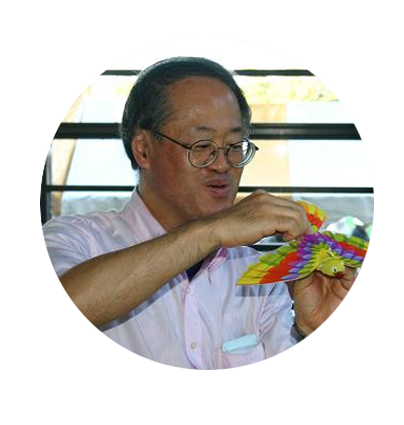
小林 正美(筑波大学)
昭和34年(1959年) 長野県小諸市生まれ。
東京大学工学部合成化学科卒、同大学院工学系研究科修士・博士課程修了(工学博士)
学術振興会特別研究員(東大、オランダ・ライデン大学)
筑波大学物質工学系準研究員、東京大学工学部助手、筑波大学物質工学系講師、助教授、准教授。
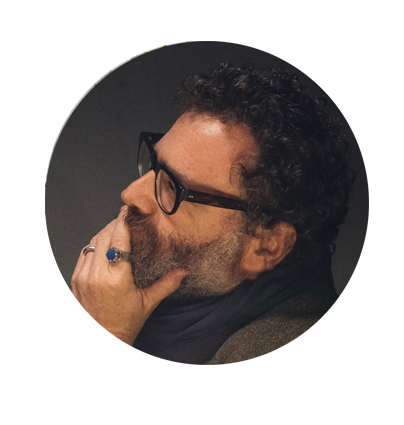
Prof. Alessandro Biamonti (Politecnico di Milano)
(1970). Architect. PhD in Industrial Design and Multimedia Communication. Associate Professor at the School of Design, Politecnico di Milano, where he coordinates the Research LAB LABIRINT (Laboratory of Experimental Habitat).
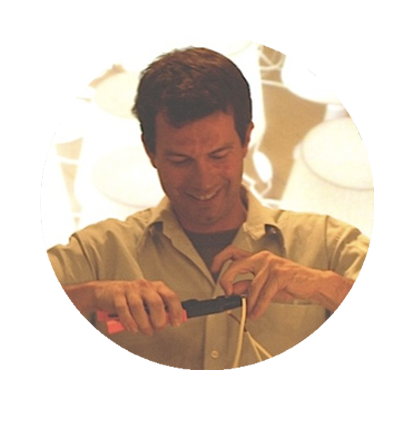
Prof. Daniel Saakes (KAIST)
Professor Saakes studied Industrial Design Engineering in Delft University of Technology and graduated PhD in 2011. He joined the JST ERATO Igarashi Design Interface Project in Tokyo from 2011-2013.

Prof. Danielle Wilde (SDU)
Danielle Wilde is associate professor of Embodied Design at the University of Southern Denmark, Kolding. She investigates how designing with, for and through the full sensorial richness of the human body might transform how design unfolds in a more-than-human world.
ギフト
5,000円
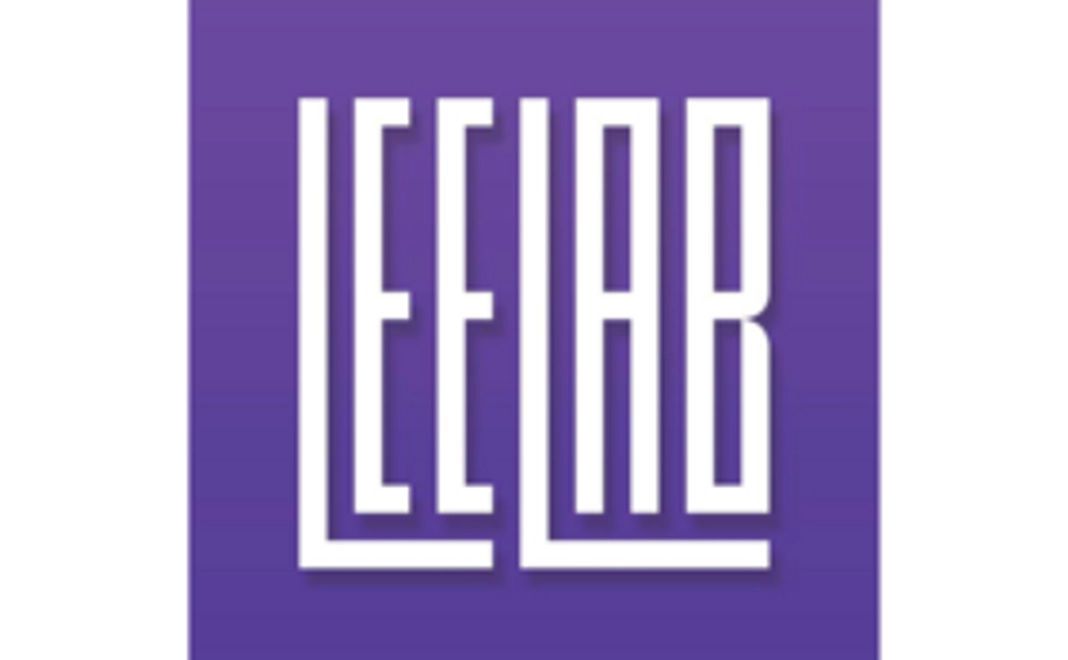
LEELABからのお礼状と記念品
● LEELABからのお礼状
● LEELAB記念品
● 寄附金受領証明書
※寄附金領収書のお名前はリターン送付先にご登録いただいたお名前となります
(2019年12月末までに送付します。なお、領収書の日付は、Readyforから筑波大学に入金のある2019年10月の日付となります。)
Thanks and present from LEELAB
¥5,000
•Thank you letter from LEELAB
•Present from LEELAB
•Certificate of Appreciation
- 申込数
- 44
- 在庫数
- 制限なし
- 発送完了予定月
- 2019年9月
10,000円
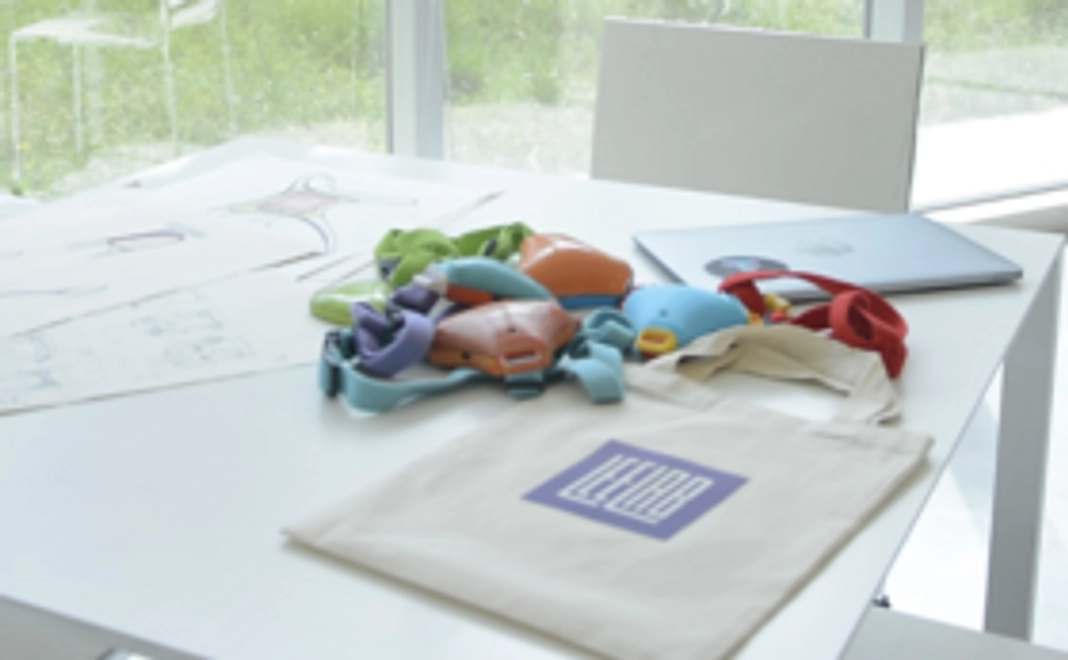
LEELABの研究室見学へご招待
● LEELABからのお礼状(2019年9月発送予定)
● LEELAB記念品(2019年9月発送予定)
● 研究室見学にご参加いただけます(2019年11月予定)
※交通費、宿泊代は別途ご負担ください
※詳細な日程は後日お知らせします
● 寄附金受領証明書
※寄附金領収書のお名前はリターン送付先にご登録いただいたお名前となります
(2019年12月末までに送付します。なお、領収書の日付は、Readyforから筑波大学に入金のある2019年10月の日付となります。)
Visit LEELAB
¥10,000
•Thank you letter from LEELAB
•Present from LEELAB
•Visit of LEELAB research room
•Certificate of Appreciation
- 申込数
- 7
- 在庫数
- 制限なし
- 発送完了予定月
- 2019年11月
5,000円

LEELABからのお礼状と記念品
● LEELABからのお礼状
● LEELAB記念品
● 寄附金受領証明書
※寄附金領収書のお名前はリターン送付先にご登録いただいたお名前となります
(2019年12月末までに送付します。なお、領収書の日付は、Readyforから筑波大学に入金のある2019年10月の日付となります。)
Thanks and present from LEELAB
¥5,000
•Thank you letter from LEELAB
•Present from LEELAB
•Certificate of Appreciation
- 申込数
- 44
- 在庫数
- 制限なし
- 発送完了予定月
- 2019年9月
10,000円

LEELABの研究室見学へご招待
● LEELABからのお礼状(2019年9月発送予定)
● LEELAB記念品(2019年9月発送予定)
● 研究室見学にご参加いただけます(2019年11月予定)
※交通費、宿泊代は別途ご負担ください
※詳細な日程は後日お知らせします
● 寄附金受領証明書
※寄附金領収書のお名前はリターン送付先にご登録いただいたお名前となります
(2019年12月末までに送付します。なお、領収書の日付は、Readyforから筑波大学に入金のある2019年10月の日付となります。)
Visit LEELAB
¥10,000
•Thank you letter from LEELAB
•Present from LEELAB
•Visit of LEELAB research room
•Certificate of Appreciation
- 申込数
- 7
- 在庫数
- 制限なし
- 発送完了予定月
- 2019年11月
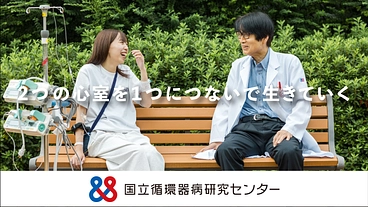
ひとつの心室で生きていく。フォンタン手術の患者をみんなで支援したい
- 現在
- 3,409,000円
- 寄付者
- 171人
- 残り
- 29日
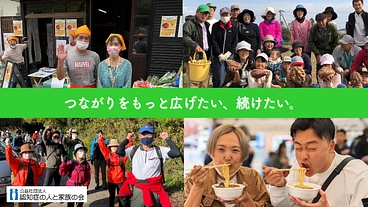
サポーター募集!認知症の人や家族同士がつながり続けるために
- 総計
- 23人
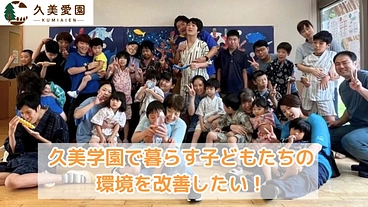
障害のある子どもたちの笑顔のために。久美学園修繕プロジェクト
- 現在
- 2,608,000円
- 寄付者
- 95人
- 残り
- 8日
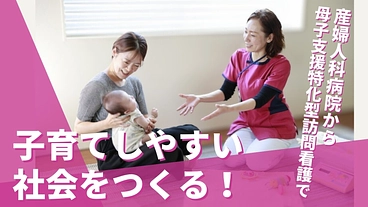
母子特化型訪問看護で高崎から “安心”と“心地よさ”を届けたい!
- 現在
- 1,880,000円
- 支援者
- 105人
- 残り
- 4日
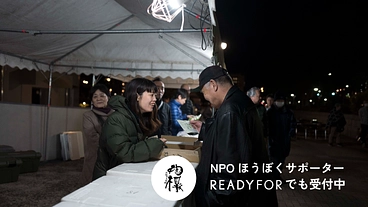
ほうぼくサポーター募集!「ひとりにしない」社会を一緒に作りませんか
- 総計
- 31人
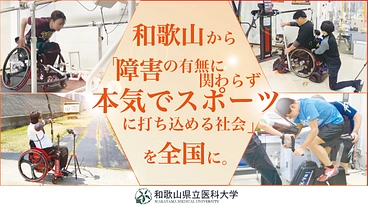
パラアスリートを支える仕組み「和歌山医大モデル」を全国へ!
- 現在
- 1,335,000円
- 寄付者
- 70人
- 残り
- 22日
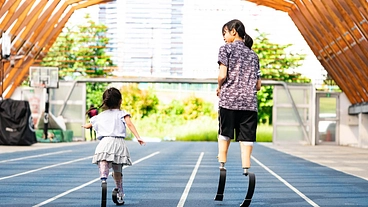
義足ユーザーの「走りたい」を叶えたい サポーター募集
- 総計
- 28人

新製から90年。旧名鉄谷汲駅保存車両「モ514」を守りたい。
- 支援総額
- 583,000円
- 支援者
- 54人
- 終了日
- 11/28
世界最長のロックダウンに苦しむフィリピンのスラム火災の被災者支援
- 支援総額
- 306,000円
- 支援者
- 34人
- 終了日
- 6/30
お世話になったミーさんへ恩返し!70人分の遊具と水道を建設します!
- 支援総額
- 251,000円
- 支援者
- 71人
- 終了日
- 2/18

40代のオヤジ達がラフティングで世界選手権に挑戦します!
- 支援総額
- 637,000円
- 支援者
- 63人
- 終了日
- 11/28
続!緊急支援!アフガンで子どもと女性の教育に取り組んだ仲間を救出!
- 寄付総額
- 498,000円
- 寄付者
- 26人
- 終了日
- 1/31
郡山市で部活に打ち込む小中学生を応援する、フリーマガジンを!
- 支援総額
- 343,000円
- 支援者
- 54人
- 終了日
- 10/25
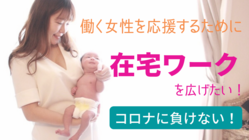
働きに出られないお母さんを応援。子どもの側で働く環境を
- 支援総額
- 603,000円
- 支援者
- 47人
- 終了日
- 5/20
